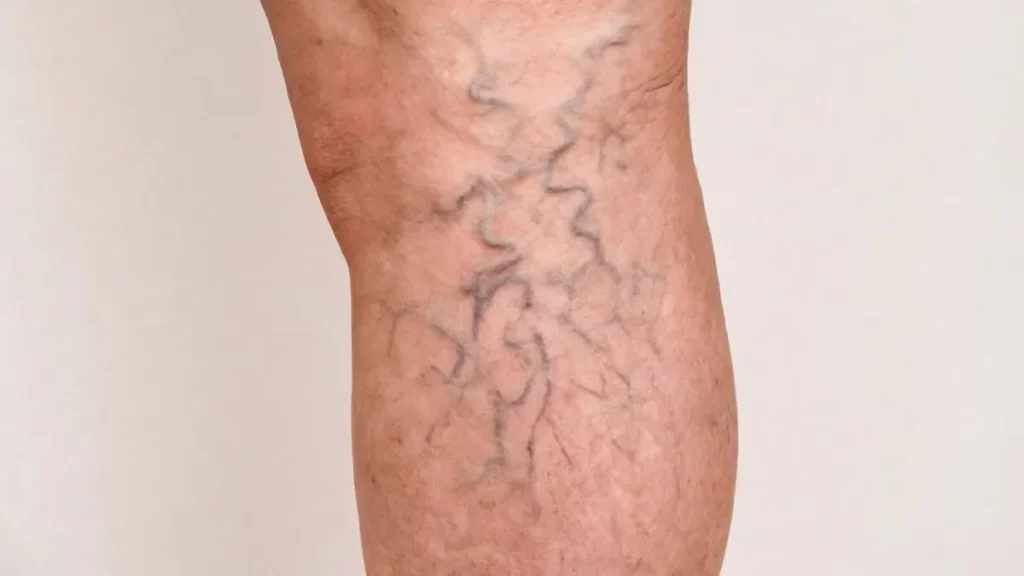
When the valves in the veins of your legs weaken, it can pool blood in your legs. Over time, this causes the veins to swell, twist, and become visible under the skin. Read on to know more about the condition.
We all have busy lives, on our feet all day, sitting for hours at a desk, juggling work and home. But have you ever looked down at your legs and noticed those bluish, bulging veins? They might be varicose veins, and they’re more common than you think.
Varicose veins aren’t just about looks. They’re a sign that your the veins in your leg are under pressure. Normally, our veins have tiny valves that keep blood flowing in one direction, back to the heart. But when these valves weaken, blood pools in the legs. Over time, this causes the veins to swell, twist, and become visible under the skin.
Read on as Dr. Charudutt Jayant Sambhaji, Consultant – Endovascular Surgery and Interventional Radiology at Manipal Hospital Goa shares about the condition.
Who’s at risk of varicose veins?
Anyone can get varicose veins, but certain people are more prone:
- If your job involves standing or sitting for long periods
- If you’ve had pregnancies
- If you’re dealing with weight gain
- If your parents or grandparents had them
- Or simply, if you’re getting older
- Women are particularly at risk due to hormonal changes and pregnancy
What you can do?
Here’s the good news:
- You can take small, simple steps to ease the strain on your veins
- Move more: A daily walk boosts circulation
- Specialised exercises to improve calf muscle tone
- Don’t sit or stand too long: Shift your position regularly
- Put your feet up: Especially after a long day
- Keep your weight in check: Every kilo makes a difference
- Try compression stockings: Especially if your job keeps you on your feet
- Dress smart: Skip overly tight clothes that restrict blood flow
When should you get help?
If you’re feeling heaviness, aching, or notice swelling or skin changes around your ankles, don’t ignore it. Today’s treatments are gentle and effective. From laser therapy to minimally invasive procedures, you can consult your doctor and get help.
Disclaimer: Tips and suggestions mentioned in the article are for general information purposes only and should not be construed as professional medical advice. Always consult your doctor or a dietician before starting any fitness programme or making any changes to your diet.